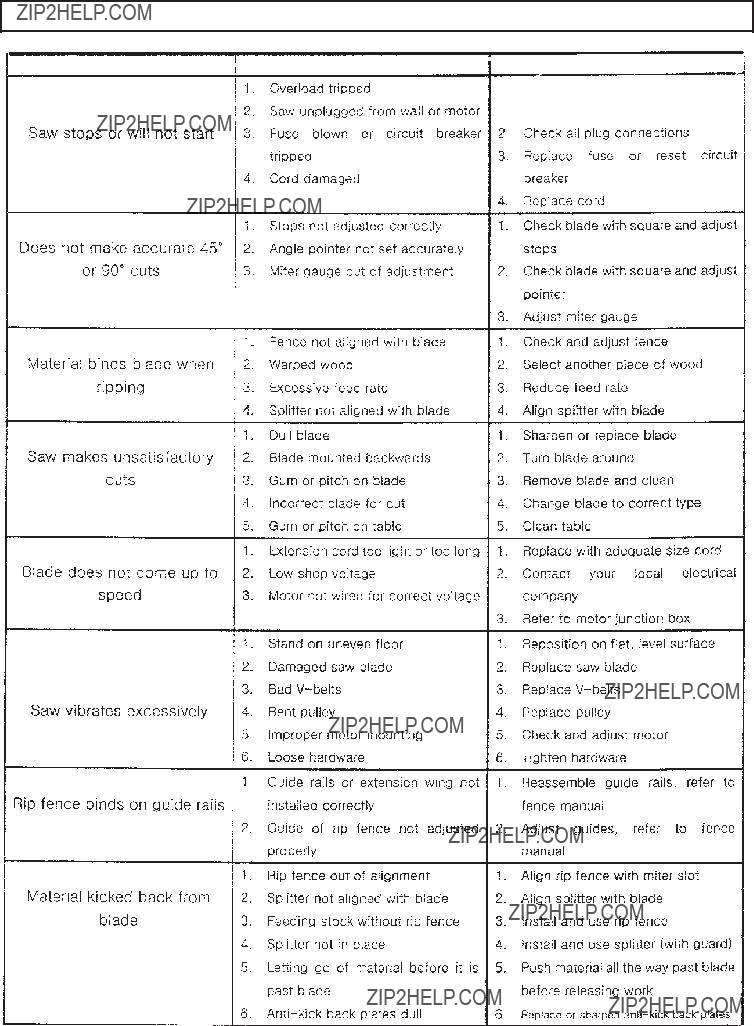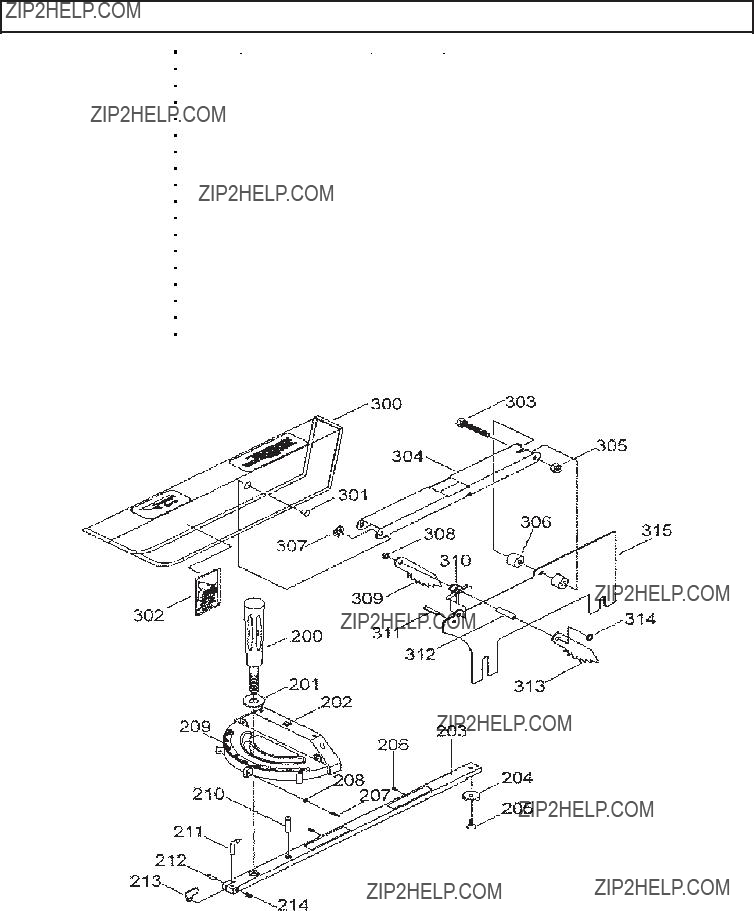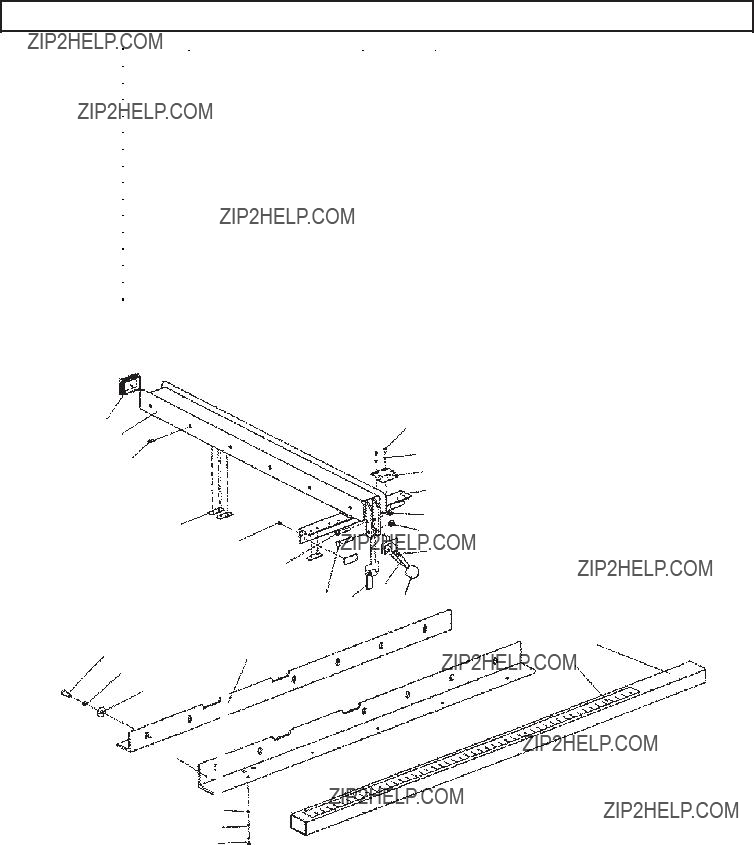4.Set the Miter Gauge assembly (200 thru 214) on the Left Wing (113) of the Table Saw. (See FigureY.)
5.Operate the Miter Gauge assembly (200 thru 214) by loosening the Knob (200), and turning the Miter Gauge Body (202) to the desired angle of cut.
(See FigureY.)
6.Place the workpiece on the Table Saw and firmly against the Miter Gauge assembly (200 thru 214). (See FigureY.)
7.Plug the Power Cord Plug (130) into the nearest 220 volt, grounded, electrical outlet.
8.Depress the green ???ON??? Button on the Power Switch (137) to turn on the Table Saw. (See FigureY.)
9.When the Saw Blade is turning at full speed, slowly push the workpiece into the Saw Blade with the aid of the Miter Gauge assembly (200 thru 214). Do not force the Saw Blade to remove material faster than it is designed to cut.
10.Never attempt to remove material stuck in the moving parts of the Table Saw while it is plugged in and running.
11.Turn off the Table Saw if the workpiece is to be backed out of an uncompleted cut.
12.When the cut is complete, depress the red ???OFF??? Button on the Power Switch (137) to turn off the Table Saw. (See FigureY.)
13.Wait until the Saw Blade comes to a complete stop. Then, unplug the Power
Cord Plug (130) from its electrical outlet.
14.Remove the cut workpiece and debris from the Table Saw.
INSPECTION, MAINTENANCE, AND CLEANING
1. WARNING! Make sure the Power Switch (137) of the Table Saw is in its ???OFF??? position and the tool is unplugged from its electrical outlet before performing any inspection, maintenance, or cleaning procedures.
WARNING! Make sure the Power Switch (137) of the Table Saw is in its ???OFF??? position and the tool is unplugged from its electrical outlet before performing any inspection, maintenance, or cleaning procedures.
2.Before each use, inspect the general condition of the Table Saw. Check for proper guard alignment, damaged V-Belts, binding of moving parts, cracked or broken parts, damaged electrical wiring, and any other condition that may affect its safe operation. If abnormal noise or vibration occurs, have the problem corrected before further use. Do not use damaged equipment.

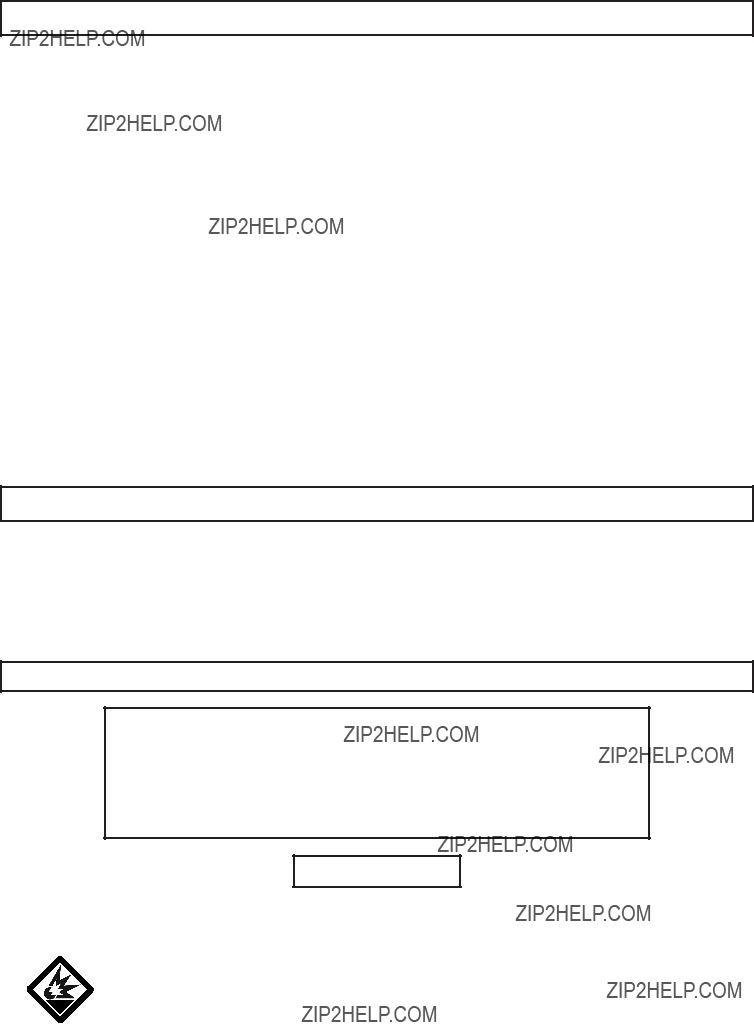
 WARNING!
WARNING!


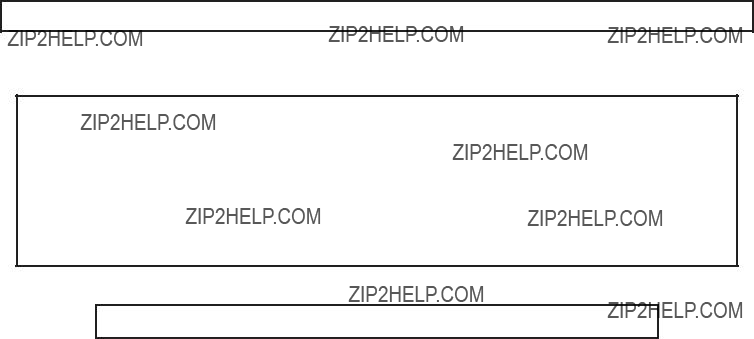



 WARNING!
WARNING!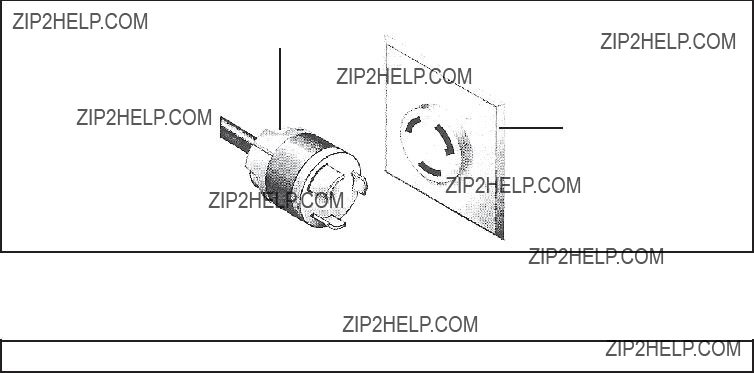
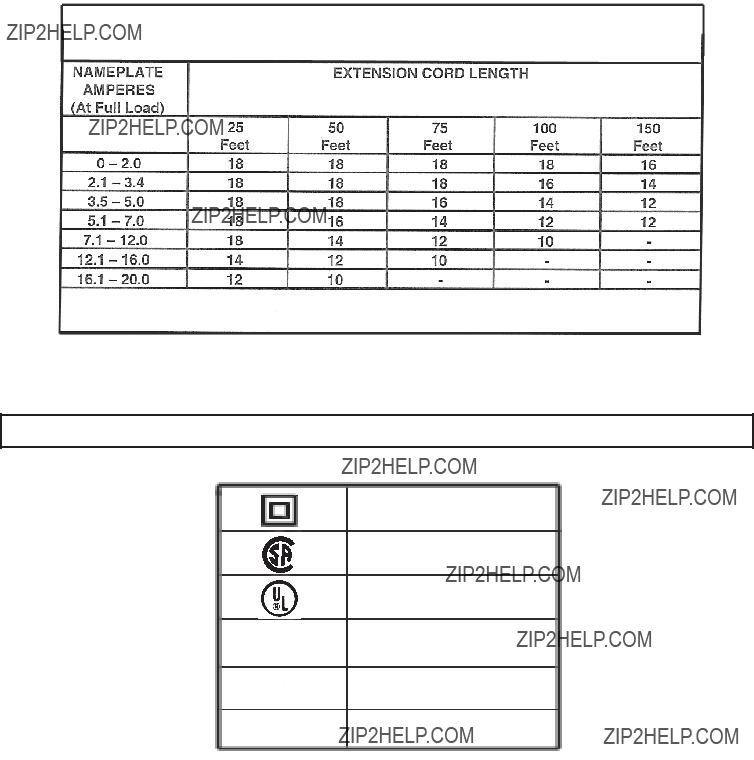
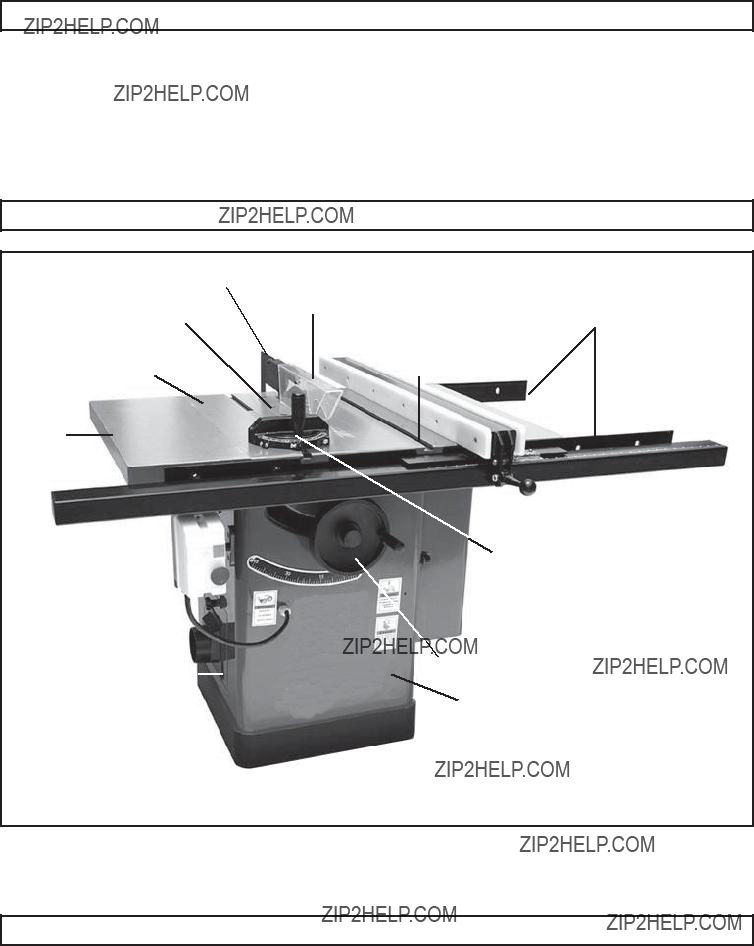

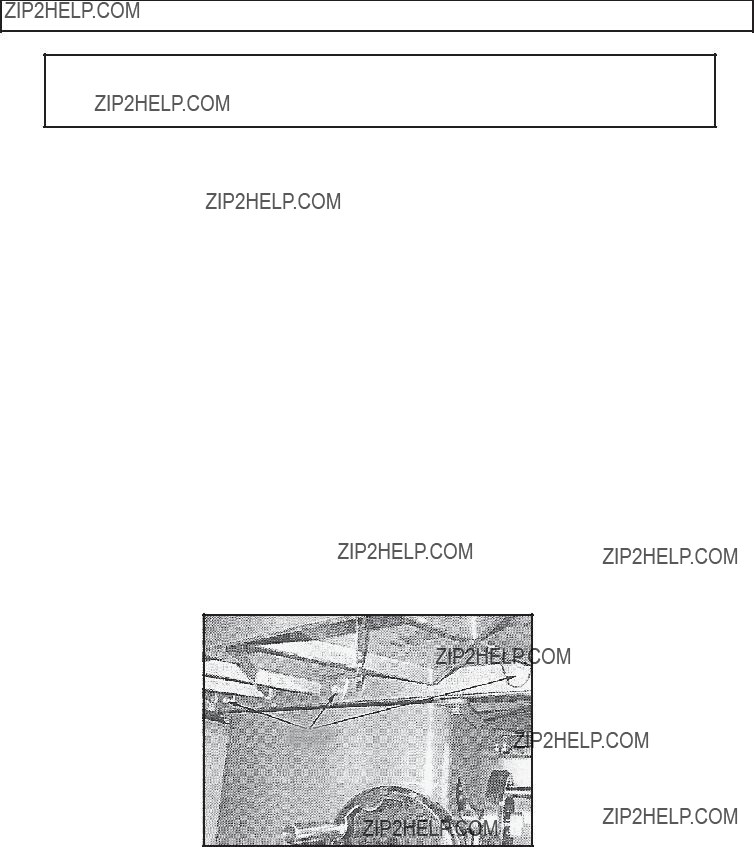


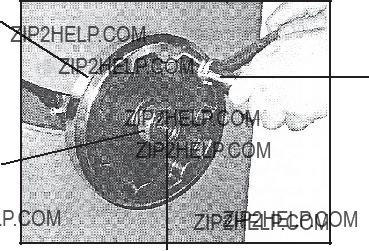


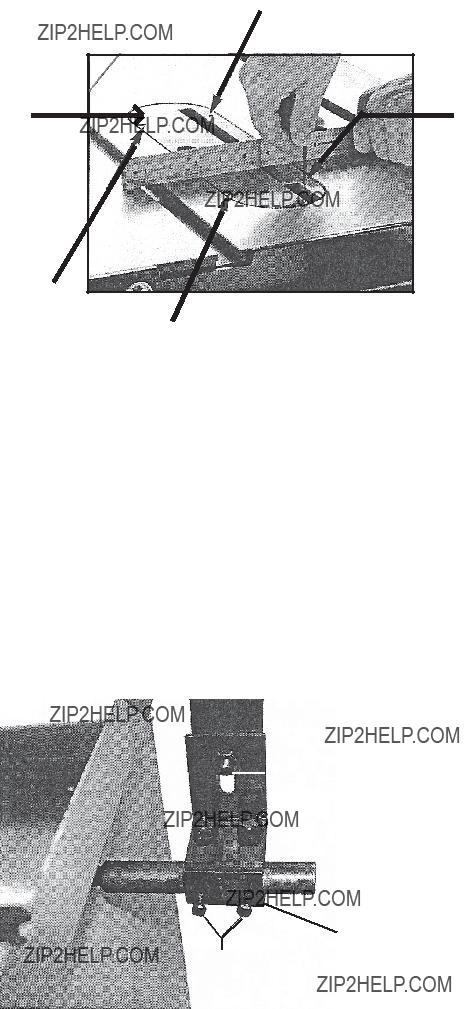
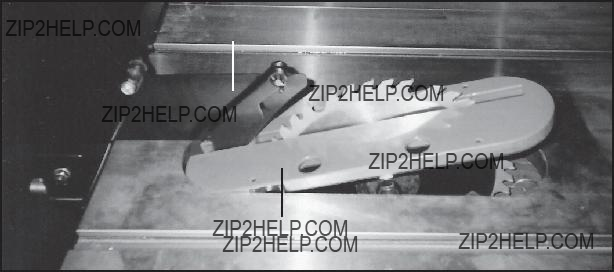

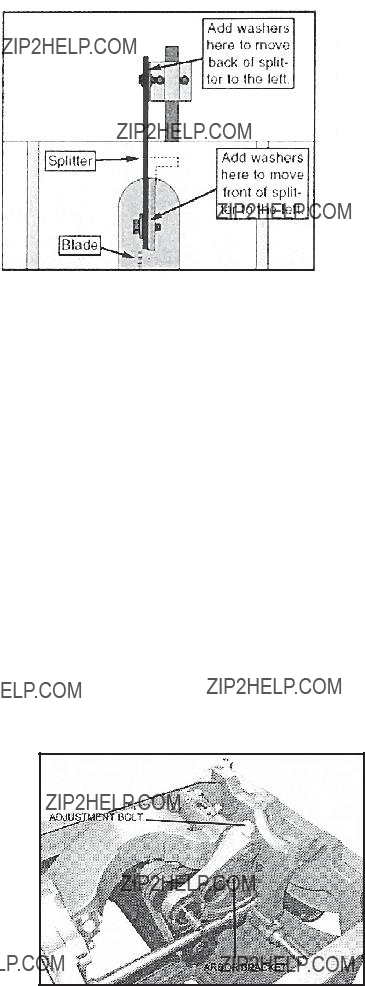




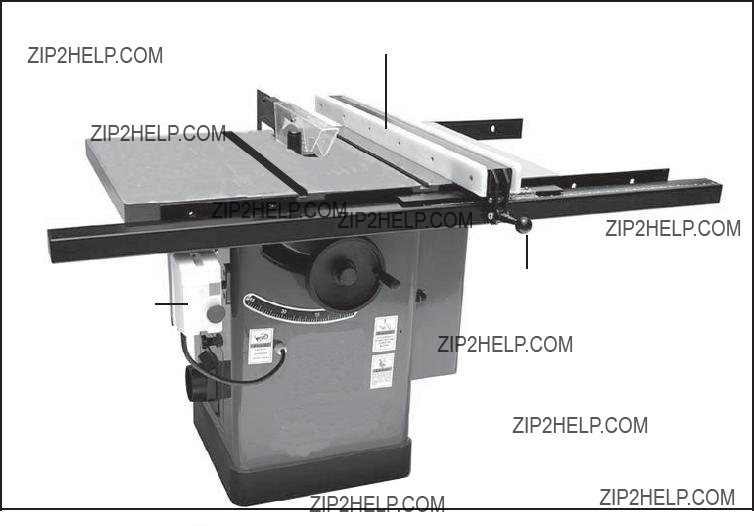

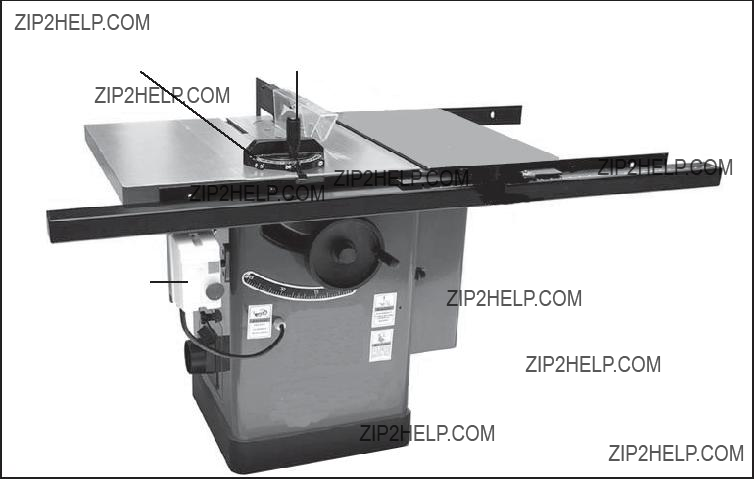




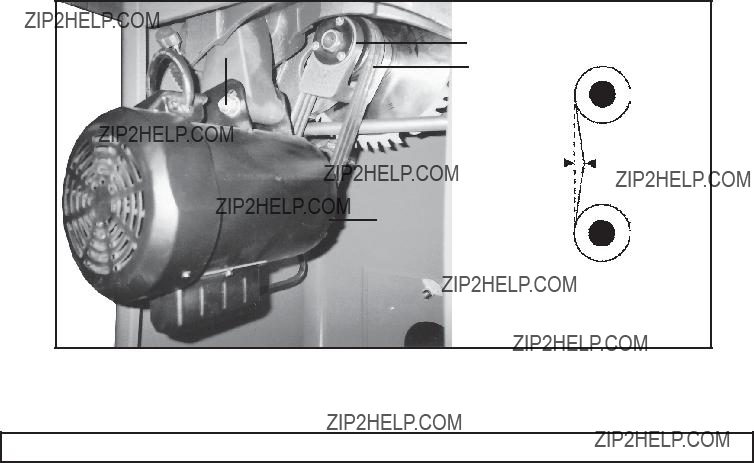
 CAUTION! All maintenance, service, or repairs not mentioned in this manual must only be performed by a qualified service technician.
CAUTION! All maintenance, service, or repairs not mentioned in this manual must only be performed by a qualified service technician.